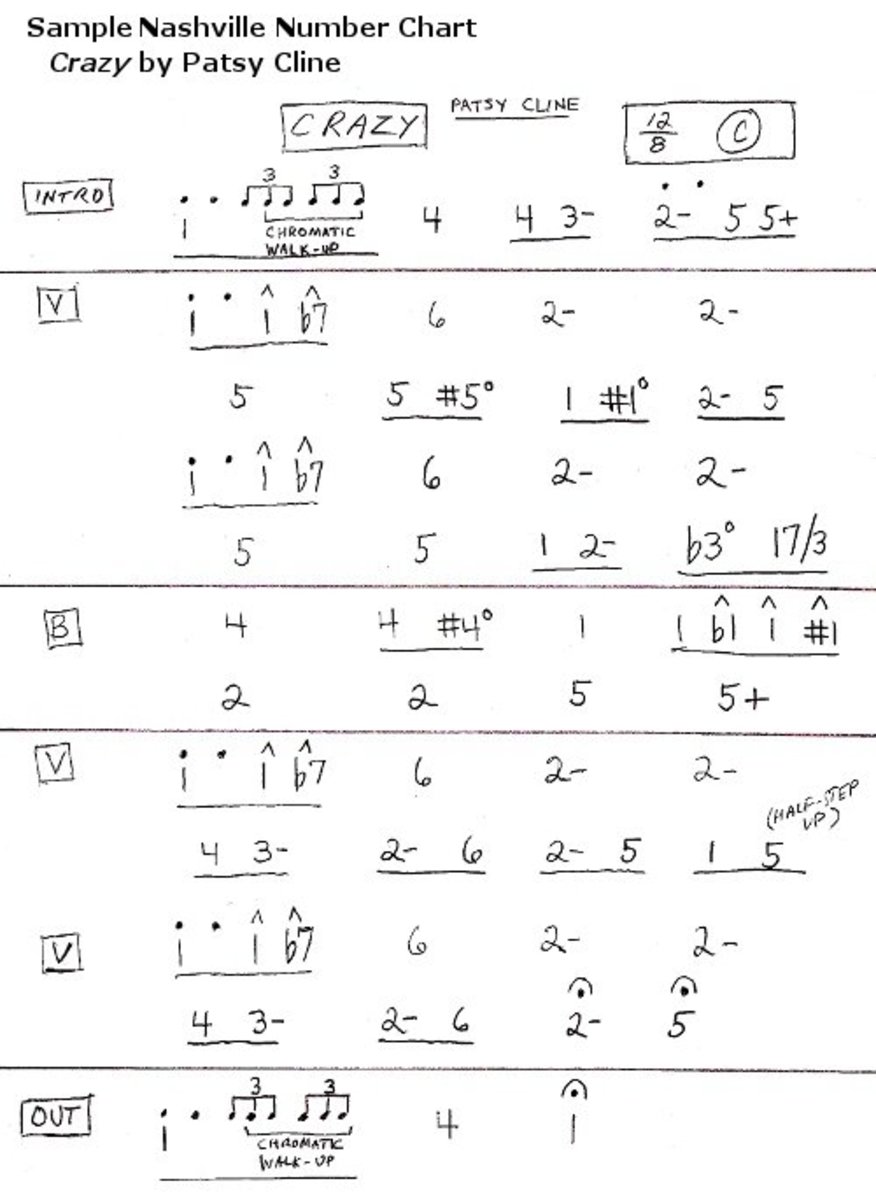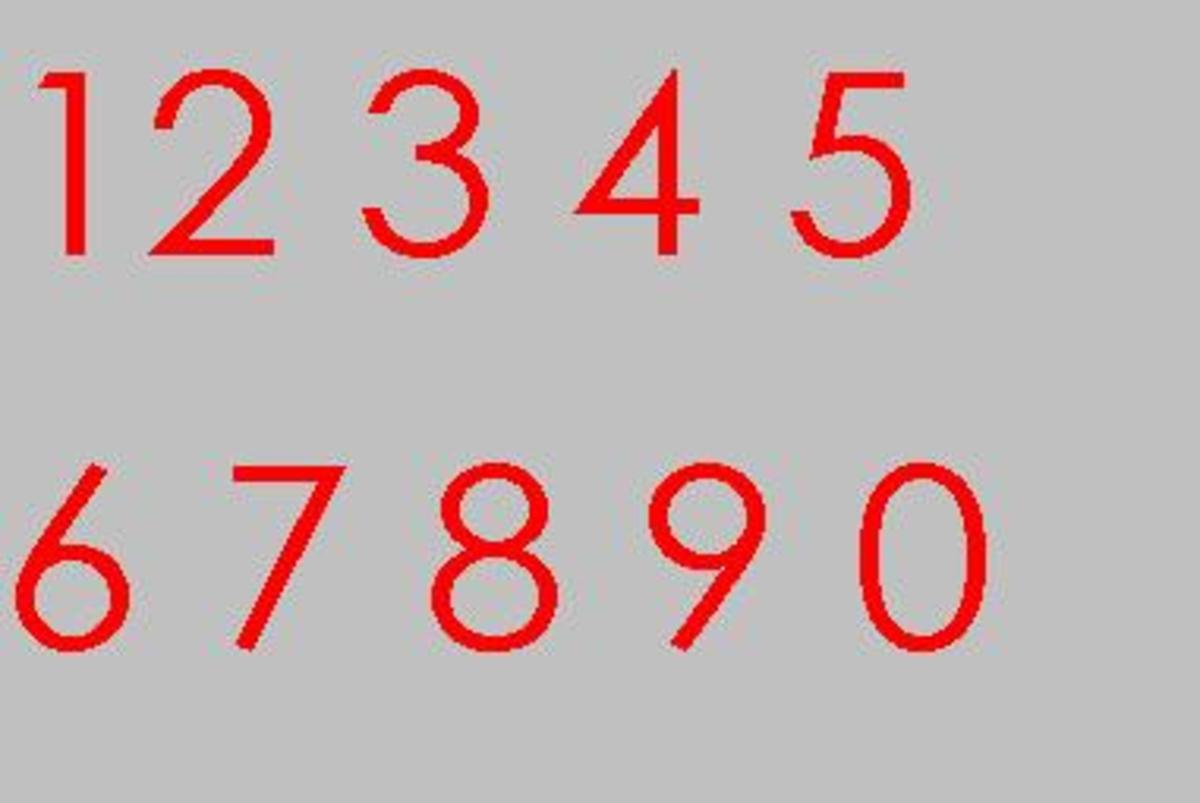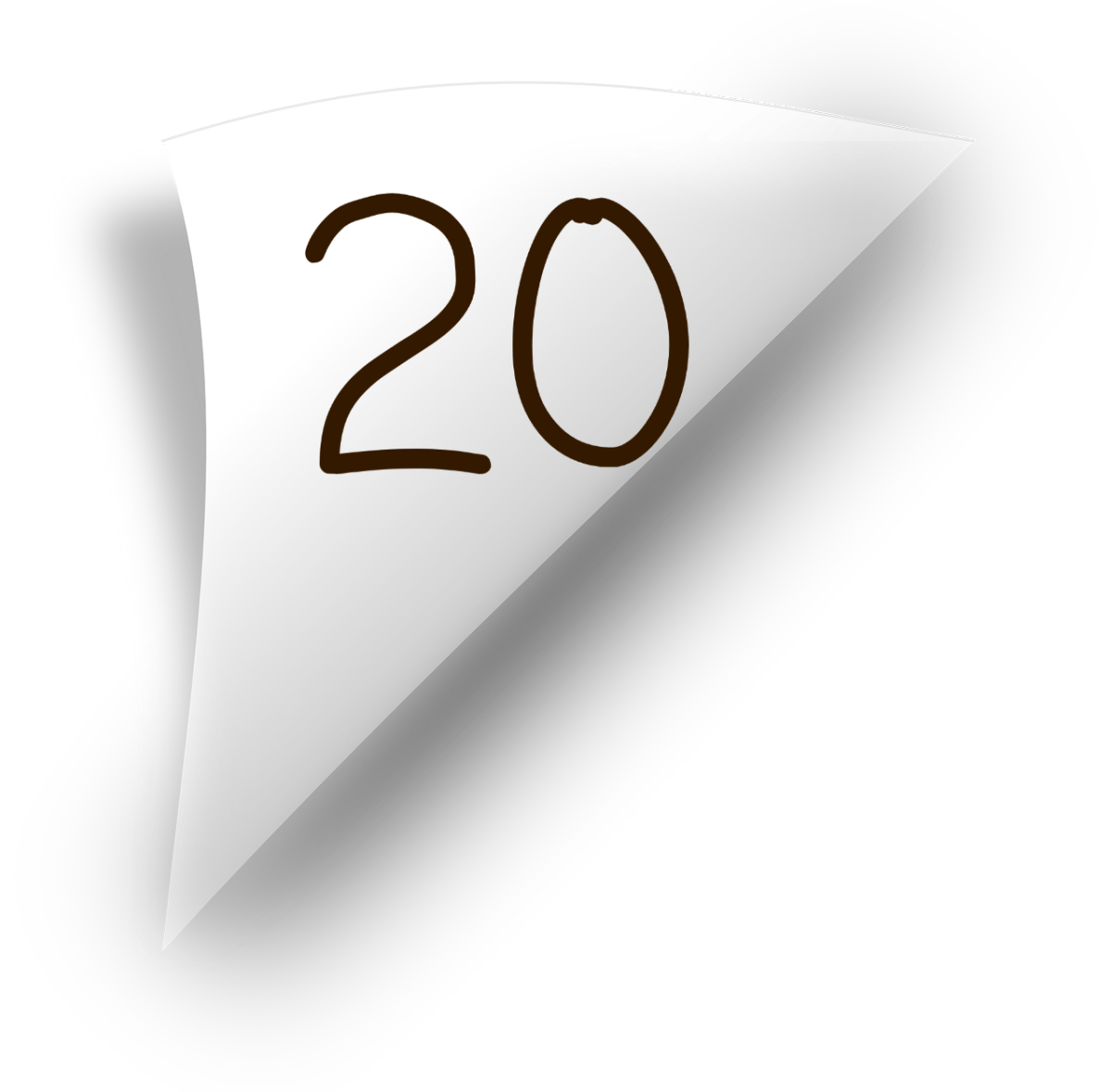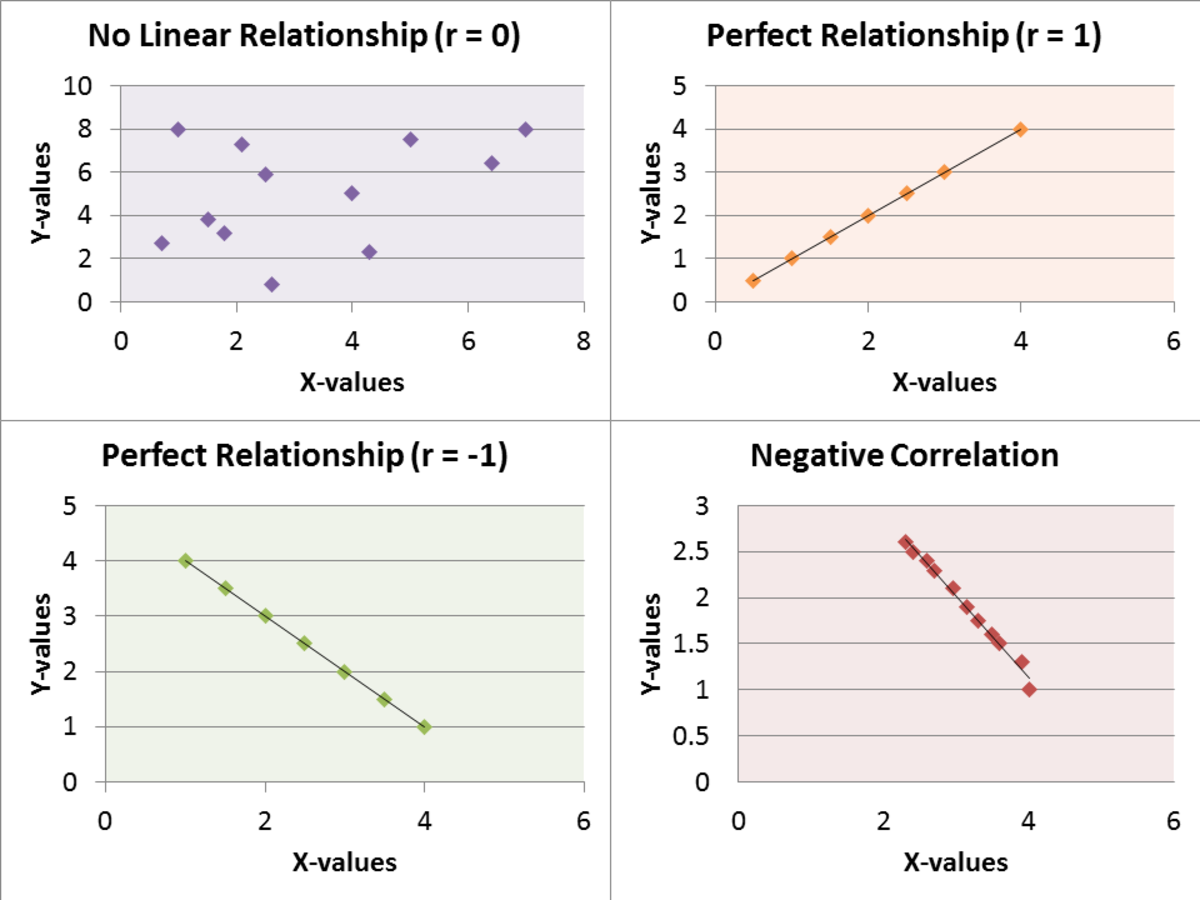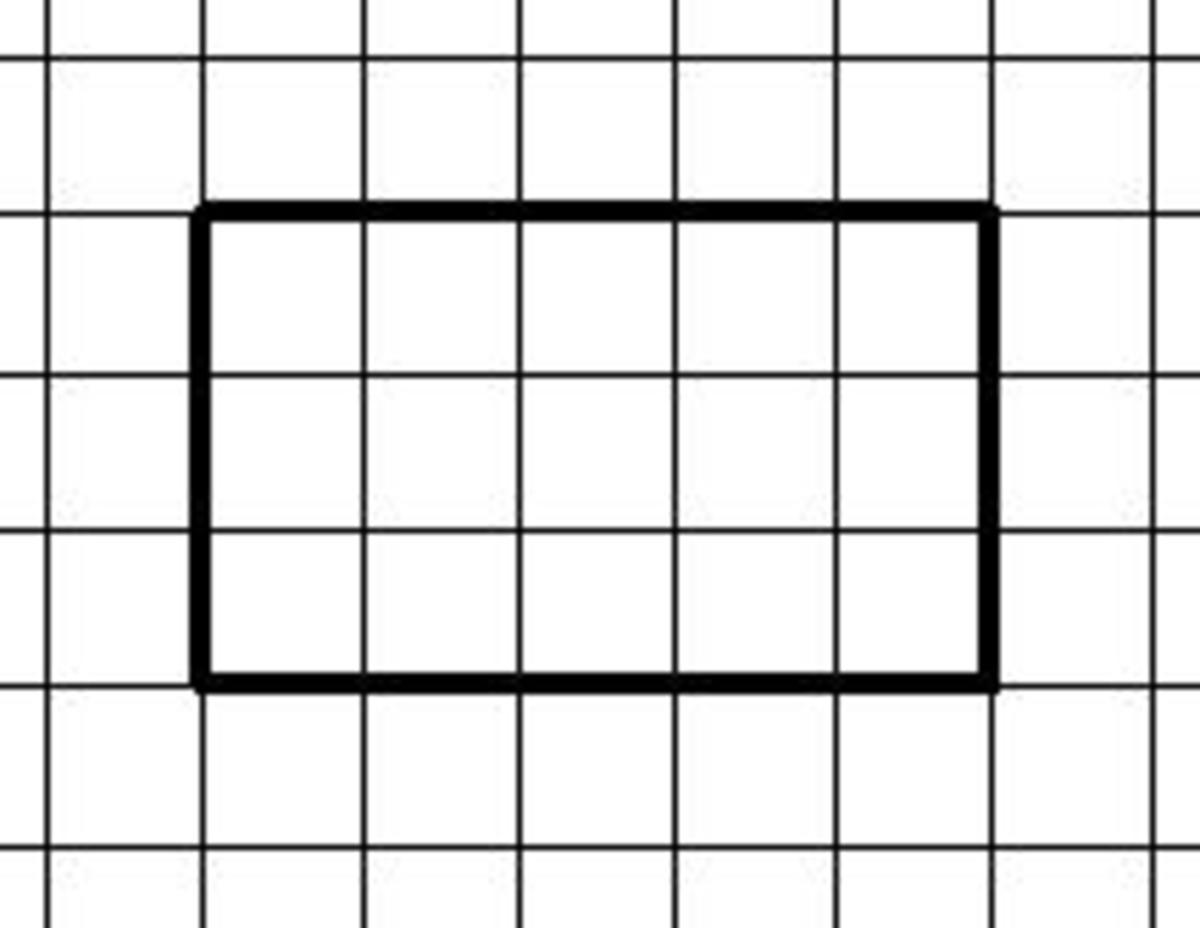Understanding Mayan Counting and Math
Days of the Mayan Month
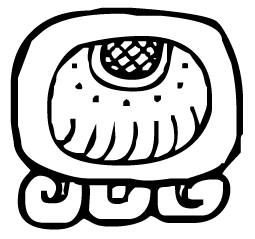
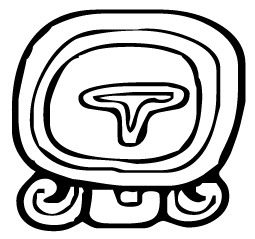
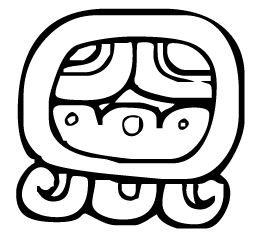
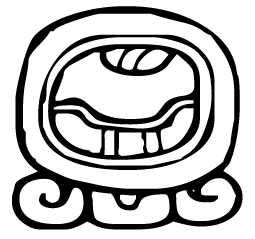
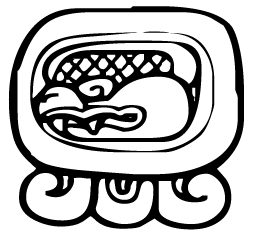
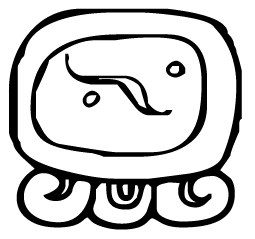
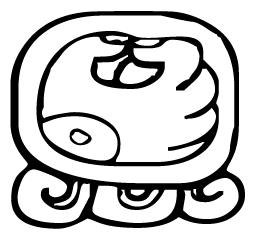
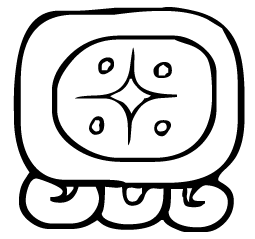
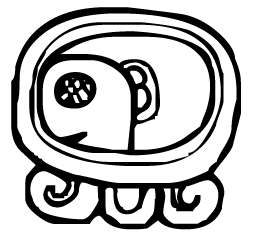
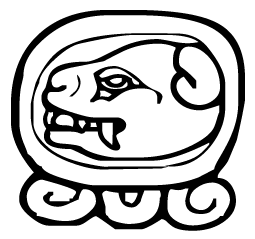
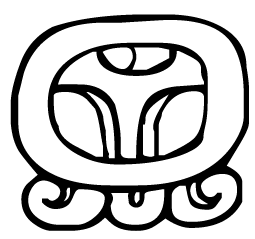
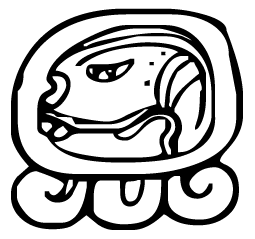
Considerations for Trading and Day Counts
Mayan counting, math and notation differs from ours, but the end result is the same, provided we keep to whole rational numbers, avoiding fractions, irrational and transcendental numbers. Another difference is that the Mayan number system is a base 20, the vegismal, and ours is a base 10, decimal. With our modern consideration of number theory, we cover a wide variety of systems including more than one base type. For instance, at the heart of the computer is the binary system that is a base 2 system comprising literally of on and off switches. So if we can understand these base systems, there should be no trouble in grasping the base 20 system. Like us, the Hindus and Arabs, the Maya also had the zero concept, an important consideration for basic math operations. There is but one other consideration and that is that the system works from bottom to top as opposed to our left to right. We also have to appreciate something called stack overflow. That means that when the limits of one row is reached it resets to zero and the next row increases by one. But that one in the next row represents twenty in the row that just overflowed and reset to zero. So in this case, 1 represents 20. If this row increases to 2, then we have 20 X 2, which is 40. This overflow continues from row to row as the 20 limit is reached in the Maya system.
Once these very basic principles are learned, the rest is easy. We will also consider how to translate their system into the notation that we use to depict their counts.
Why go to the trouble? The Maya have the most accurate calendar system in the world and we need to have a tight grasp of their day count system to have everything in sync with our understanding. They overcame the problem of fractions by integrating a large number of cycles largely based on cosmic events. Unfortunately, we cannot say that our calendar has any claim on accuracy and there is dispute on historical dates due to manipulations in our track of time. This is not so with the Mayan system, which was rigorous in keeping track of time according to observed celestial events. This rigorousness becomes apparent over the long term when, as opposed to our system, increases in accuracy whereas ours slips out of sync unless we add “dirty patches”. We need to thus become familiar with the Mayan system in order to accurately track cycles that can be shown to occur in history in sync with celestial counts.
The Maya used only three symbols as opposed to our ten. They used a dot, a horizontal bar and a symbol that looks a little like a clam viewed on edge and horizontal for the zero. The permutation and combination of these symbols in their base 20 system allowed for the gamut of numbers that we take for granted in scientific notation when dealing with very large numbers. For counts of one to four, dots were painted in a horizontal row. When the count reached five, a horizontal bar replaced the dots. Numbers six to nine were then painted as dots just above the bar representing five. When the number reached ten, two parallel horizontal bars were used. This notation continues up to 19. When the “magic number” of 20 is reached, a second notation of a single dot is painted with a zero cartouche painted just below. The next one to nineteen count was then noted as before up to 39. Forty was represented by two horizontally placed dots painted above the zero notation. Now the upper 20 counts would progress by dots until 100 which was represented by a single horizontal bar above the zero notation. It follows that 200 would be two horizontal bars painted above a zero notation and so on until 399. As a base 20 system, 400 marks the next transition point. 400 is painted as a dot above two vertically painted notations. 8,000 marks the third transition point where a dot is painted over three vertically painted zero notations as does 160,000 marks the fourth transition point with four vertical zeros under a dot. This base 20 system continues row on row from the bottom up. This is the foundation of their counting notation. Counting was used for trade, but it was also used for numbering days and predictive science for which they were noted, especially for 13 day periods, 20 day months, the sacred 260 day calendar, the lunar and Venus cycles.
Each level of the base twenty system has its own representative cartouche and name, particularly when applied to the day count for their various calendar systems for which they are world renowned. There are 20 cartouches for the days of a month and 19 more for each of the 18 months and 5 unlucky days in a solar year. These would be used in combination with the day count number of each month and located either to the left of the number notation or above. Longer cycles also have various cartouches, which will be explored further. We take their base twenty counting system and translate it into our ten base notation represented typically by a series of numbers interspersed with dots. It can be helpful to turn their vertical bottom up system on its side so that it is left to right like our numeric system. The same overflow system can be used and the notation 0.0.0.0.0.0 is used for applications like the long count. Incidentally, the foregoing notation is for day zero of a long count. The notation of 0.0.0.0.1.5 thus equals 25 and 0.0.0.0.2.0 equals 40 base on what we learned above. In the calendar system, there are the 5 unlucky days of the 19th month that breaks from the base 20 system in order to line up with a solar year. There are 18 full months of 20 days and one of 5 days. This is where the system diverges into two sty[es of counting and the celestial calendar system and it applies to the all important long count from that point on. The solar sidereal year would thus be written as 0.0.0.1.0.5 less the part day that would be absorbed over the long count during day by day and night by night celestial observations. Each of two specific cartouches for the day and month would be applied for the whole year giving every single day a unique name. It is these that we find in books like the Popol Vuh and numerous stellae located throughout the range of Maya territory.
After the 0.0.0.1.0.5 notation of the 365 day year the next level of larger time would be displayed as 0.0.1.0.0.0 which translates into 7,200 days. Add a solar year to this and the form becomes 0.0.1.1.0.5. This then is the basis of the long count with the next level giving 144,000 days and written as 0.1.0.0.0.0. By comparison, if we take the two notations in the trade count we would get the same display but they would translate into 8,000 and 160,000 respectively. For our considerations, we consider the cycles of time.
Mayan math as a form of matracies
Astonishing New Discovery
- BBC News - Mayan art and calendar at Xultun stun archaeologists
Archaeologists report a striking find in Guatemala of the first Mayan art on a wall, as well as the oldest known Mayan calendar.
Intro to Mayan Math


